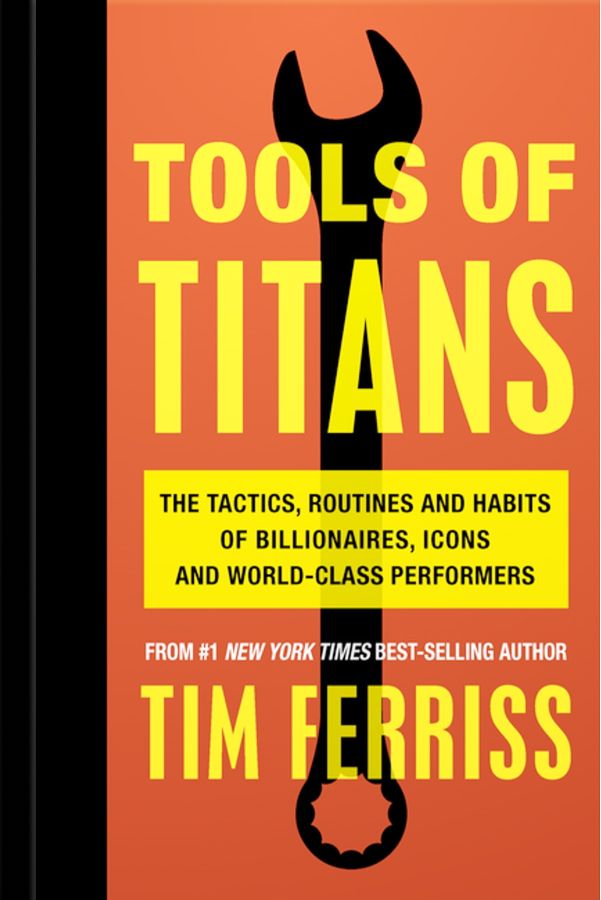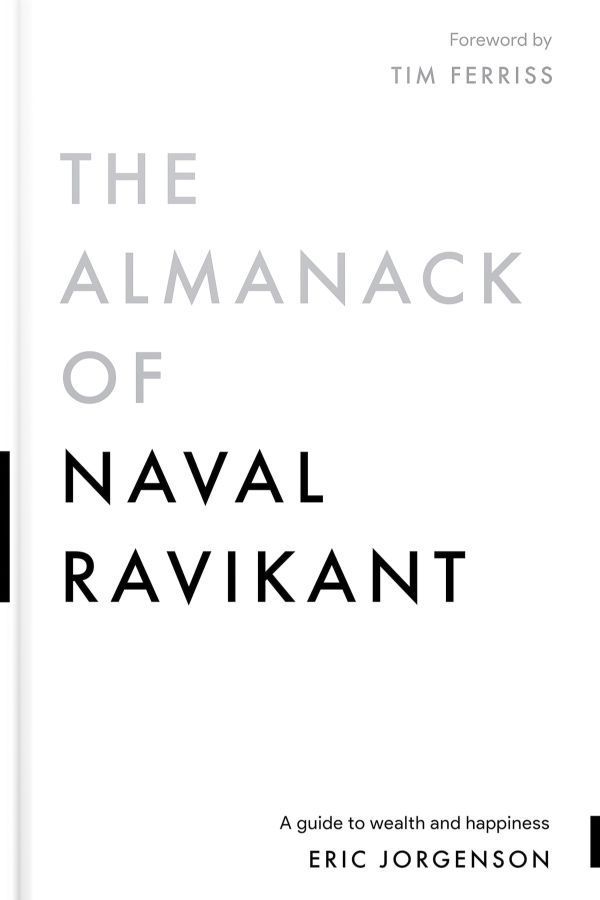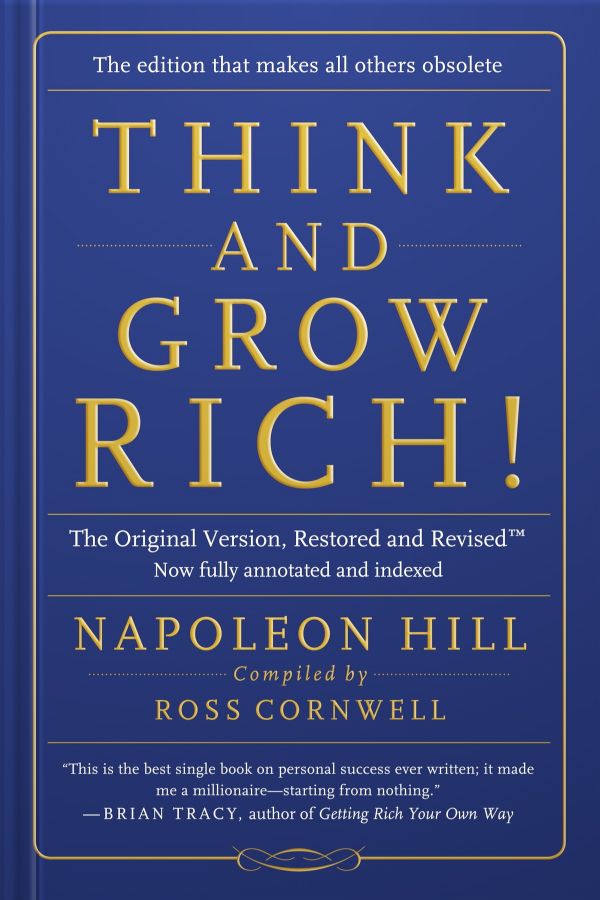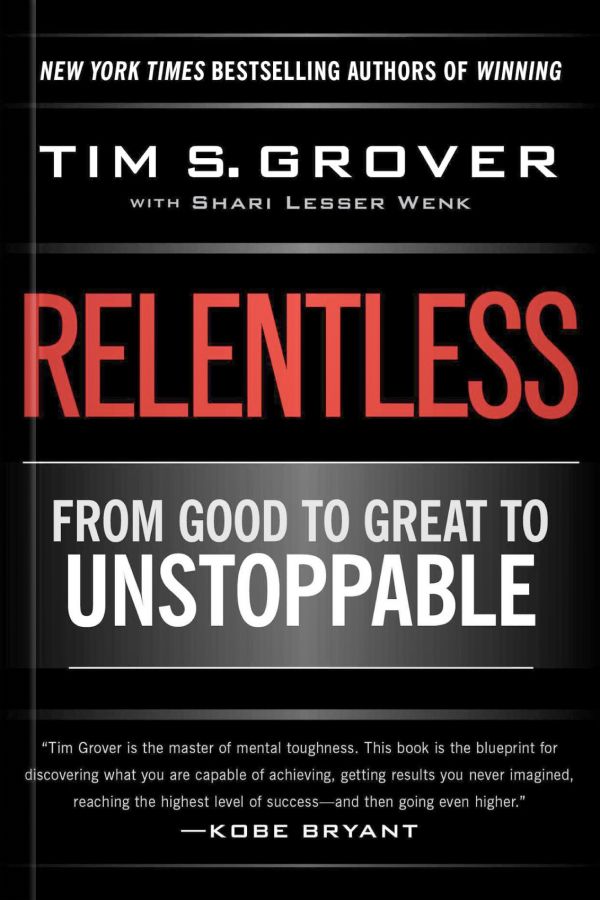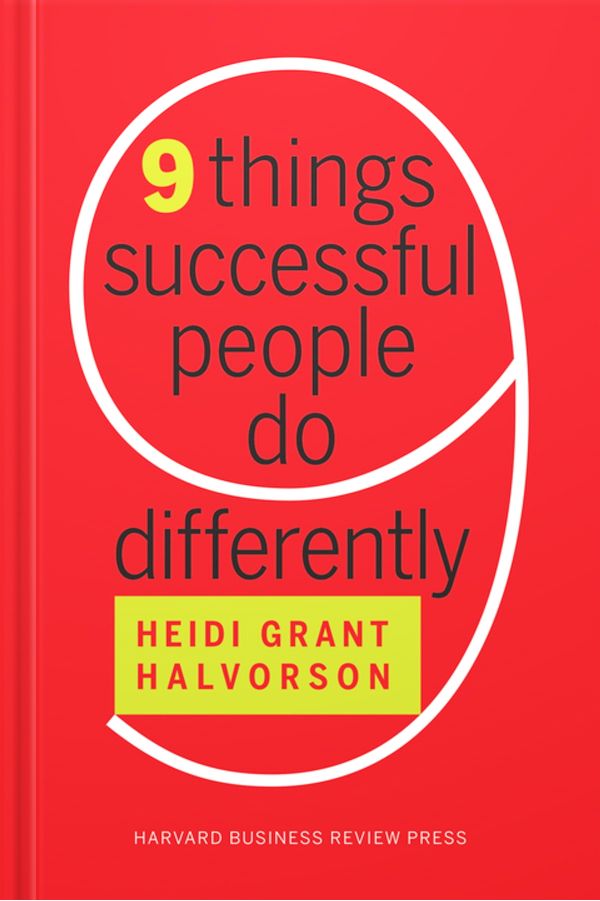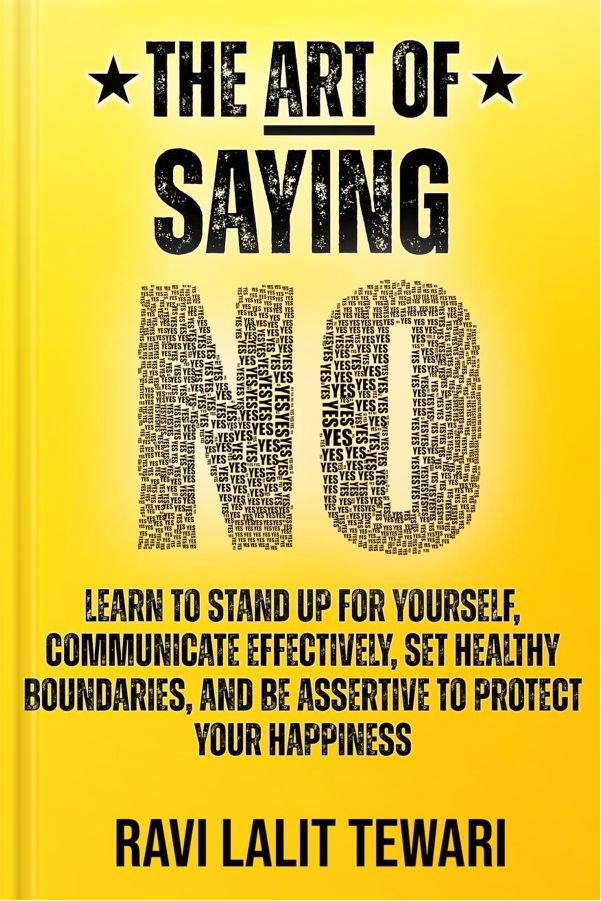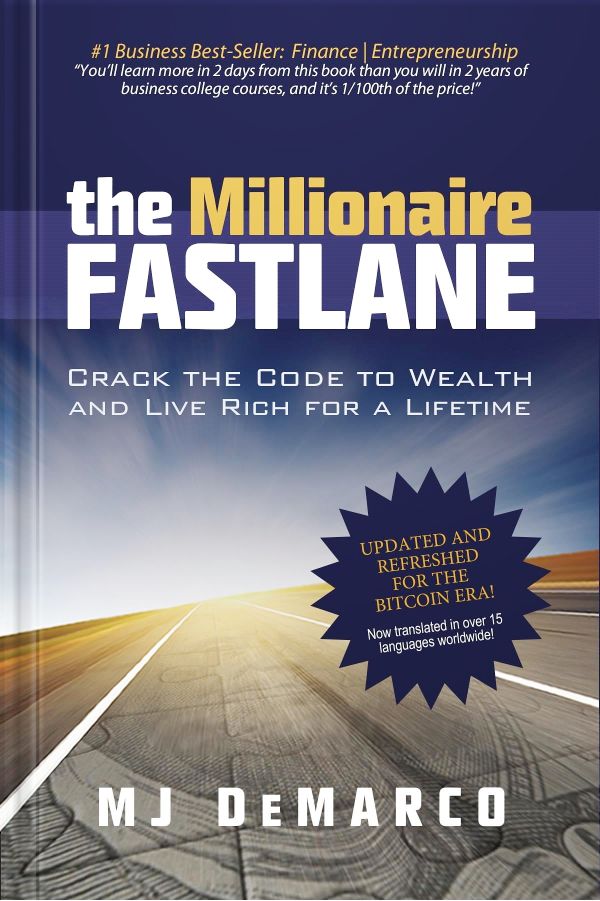
Business
The Millionaire Fastlane by MJ DeMarco
1. The Three Lanes to Wealth
DeMarco posits three paths to wealth: The Sidewalk, The Slow Lane, and The Fast Lane.
He emphasizes that understanding and choosing the right path is essential to achieve true wealth.
2. The Sidewalk: The Path of Consumption
Sidewalkers, as DeMarco refers to them, are consumers, not producers.
They prefer short-term gratification over long-term growth, often equating wealth with income and debt.
However, their propensity for immediate pleasure and consumption slows their journey to wealth.
3. The Slow Lane: The Path of Safety
The Slow Lane approach, often adopted by most people, is about working for several decades, saving, and investing diligently.
While this path is considered safe and convenient, it leaves a narrow window of 10 years or so to enjoy wealth truly.
The Slow Lane equates wealth to income plus stock market compound interest.
4. The Fast Lane: The Path of Innovation
According to DeMarco, fasteners build and scale businesses in under a decade, then enjoy the fruits of their labor or sell the enterprise for a hefty profit.
Their wealth equation is simple: Wealth equals the number of units sold times the profit per unit sold.
It's a high-risk, high-reward path, offering the possibility of rapid but demanding wealth accumulation.
5. Choosing Your Path
Sidewalkers often seek to get rich quickly and easy but rarely achieve this.
Slowlaners opt for an easy path to wealth, but it's not quick.
Fastlaners choose a quick route to wealth, though it's not easy.
The choice is personal and entails considering if you're willing to potentially dedicate a decade to live the remaining years in wealth.
6. Building Your Money Tree
Upon deciding that the Fast Lane is the preferable route, the next step is to build your 'money tree,' an independent business system that doesn't rely on your time.
DeMarco mentions four primary systems to choose from.
7. The Rental System
This system involves owning and renting an asset, with real estate being a typical example.
Another approach is owning licensed work and earning royalties, which is suitable for creatives and musicians.
8. The Distribution System
Distributing products or services, whether physical products through dropshipping or digital offerings like templates, falls under this system.
Acting as a middleman, like Amazon or Uber, is a lucrative variant of this model.
9. The Content System
Creating content on social media, blogs, YouTube, or newsletters constitutes the Content System.
Though it requires a significant time investment upfront, it can offer substantial benefits once your platform grows.
Coupling it with a distribution system can yield impressive results.
10. The Software System
Developing a digital product, service, or app and charging customers a recurring monthly fee represents the Software System.
Once your software service grows sufficiently, you can live off it or sell it for ten times the annual recurring revenue.
11. The Internet Era
In 2023, all these systems are modeled for the internet era. They offer significant upsides and a few downsides.
Most importantly, most don't require an upfront cash investment, making them accessible to anyone.
12. Combining Systems
The real power lies in combining these different systems and creating synergy.
For instance, one could start a content-based business and layer a distribution model on top of that.
Summary
Avoid being on a sidewalk or a slow lane. Be a creator, not a consumer.
Choose a business system, start immediately, grow your money tree, and attain financial freedom.





